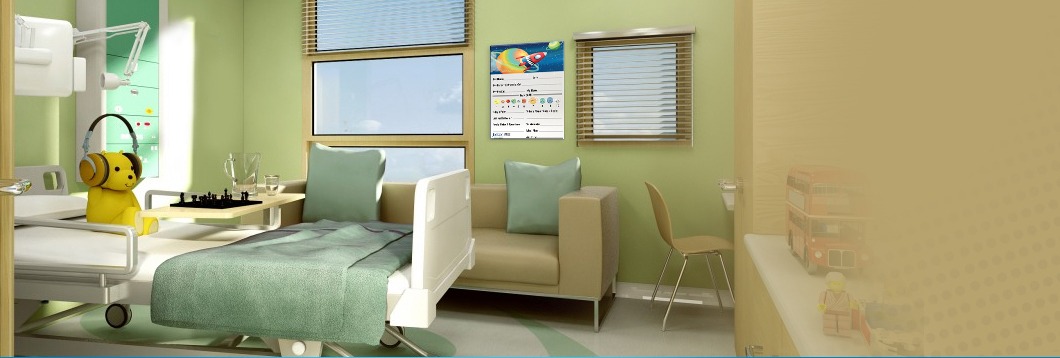In the realm of healthcare, the more communication available for staff to have with each other as well as between staff and patients, the better. With so much information being presented to patients, multiple doctors, and nurses, it’s important to have a way to keep track of all a patient’s information, not only for safety but for the patient’s peace of mind as well. Check out these five reasons why whiteboards are a vital component in a healthcare facility’s patient rooms.
1) Updates on Patient Status Available at a Glance
Patients deserve to be privy to any new information about their health or status. Whether they have new tests or doctor appointments coming up, discharge dates, pain levels, or any other important information, these specifics can easily be posted on whiteboards which makes it easy to see what is going on at a glance. This is especially helpful in instances when the patient is asleep or out of the room—when information is written on the whiteboard, it’s visible for the patient to view at any time.
2) Goals and Plan Of Care Focus
Each hospital unit has patients that are dealing with their own unique situation. With whiteboards available to staff in each patient room, key goals and plan of care focus can be written out and visible to the patient and family members. For instance, in an obstetric ward, a focus may be “help with breastfeeding,” or in a surgical recovery ward, things like “pain management” or “wound care” may be what the staff writes down for everyone to focus on. Allowing for personalized communication means better care as well as better morale for the patient because they know that the staff is well-informed and involved with his or her recovery.
3) Patients Can Personalize Their Space
When patients have glass magnetic whiteboards in their rooms, they have the option to display personal items, such as photos of family or friends or thoughtful notes. Though small, these comforts can help soothe and boost a patient’s spirits during their stay in the facility.
4) Helps Patients Remember Information
Patients generally don’t memorize small details about their stay like their room number, floor number, or room phone number. The whiteboard in each room allows for quick and easy access to vital information about their stay.
5) Patient Satisfaction Is In Focus
When each patient’s room has a whiteboard, patient satisfaction is at the forefront of everyone’s day. When glass dry erase boards can be updated with new information, staff has an at-a-glance view of what needs to be done with each patient. This also empowers the patient, allowing them to stay informed about care and recovery. Additionally, appointments with doctors or specialists can be listed on the whiteboard, so that they are not forgotten.
Utilizing glass dry erase boards within patient rooms in healthcare facilities not only improves communication between patients and staff members, but also puts an emphasis on patient satisfaction, staff initiatives, and improving HCAHPS scores. If you’ve been considering implementing dry erase boards in your facility’s patient rooms, the benefits of empowering patients and staff with knowledge can make all the difference.

